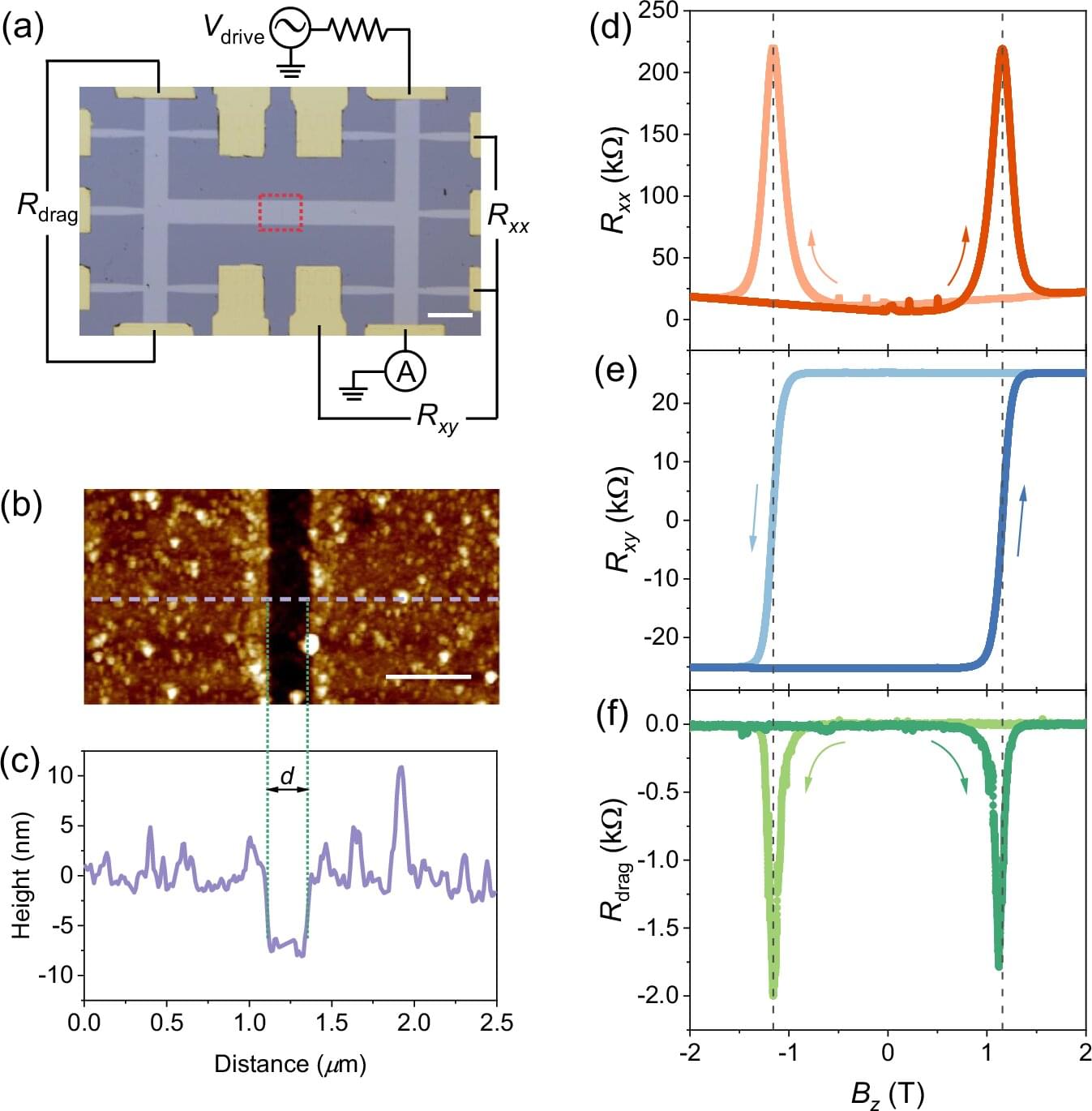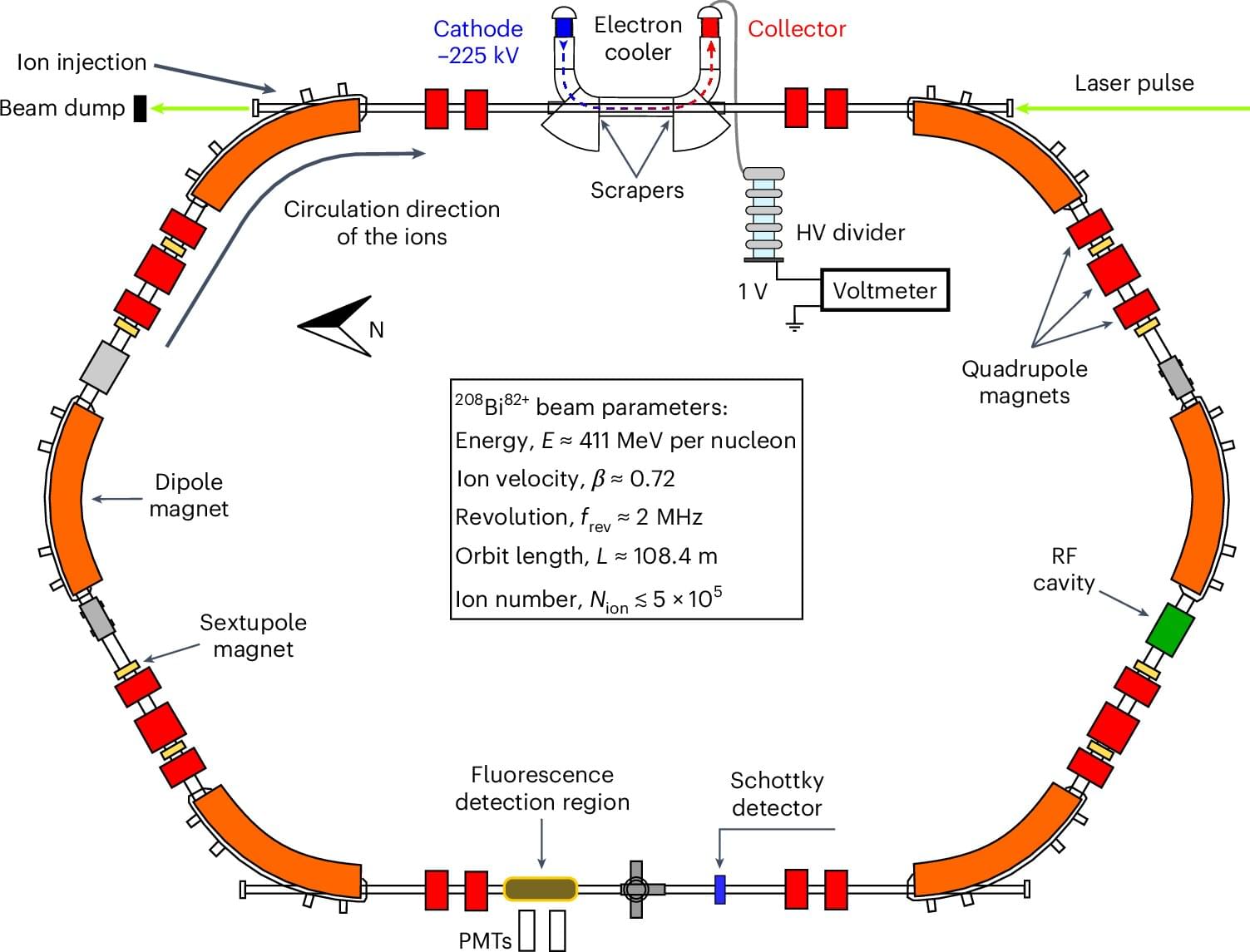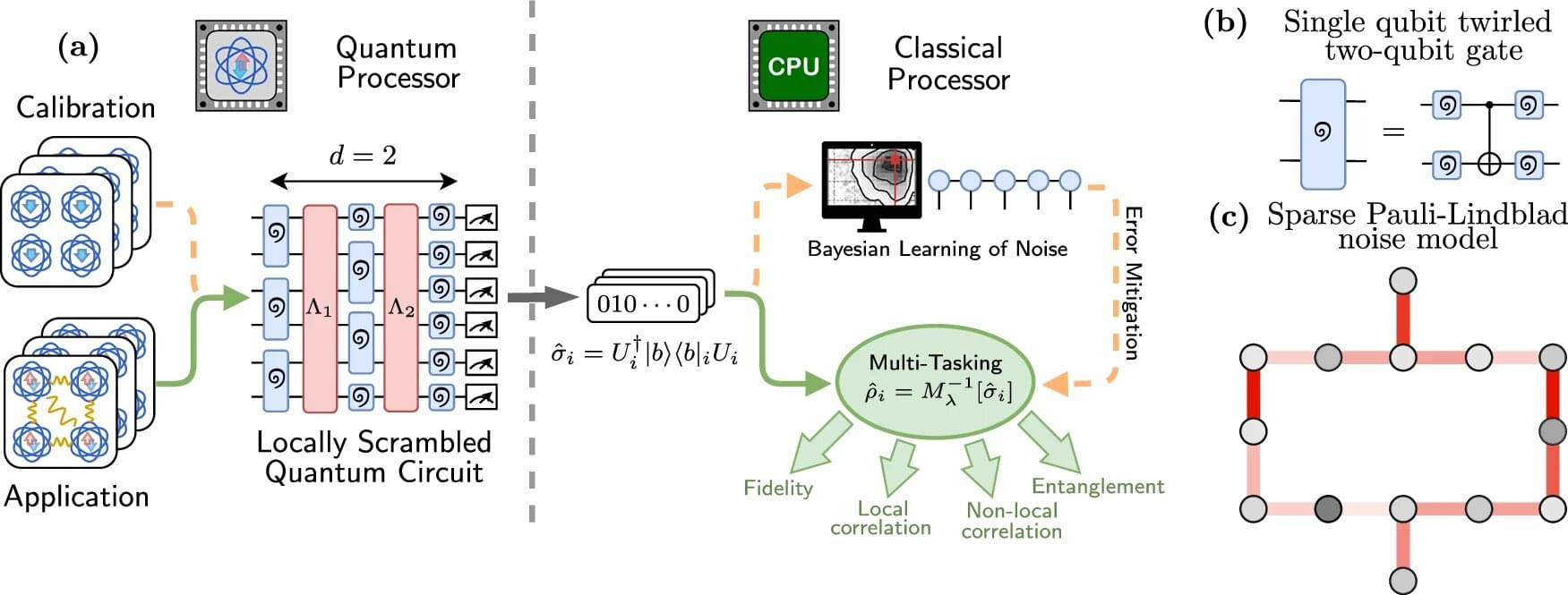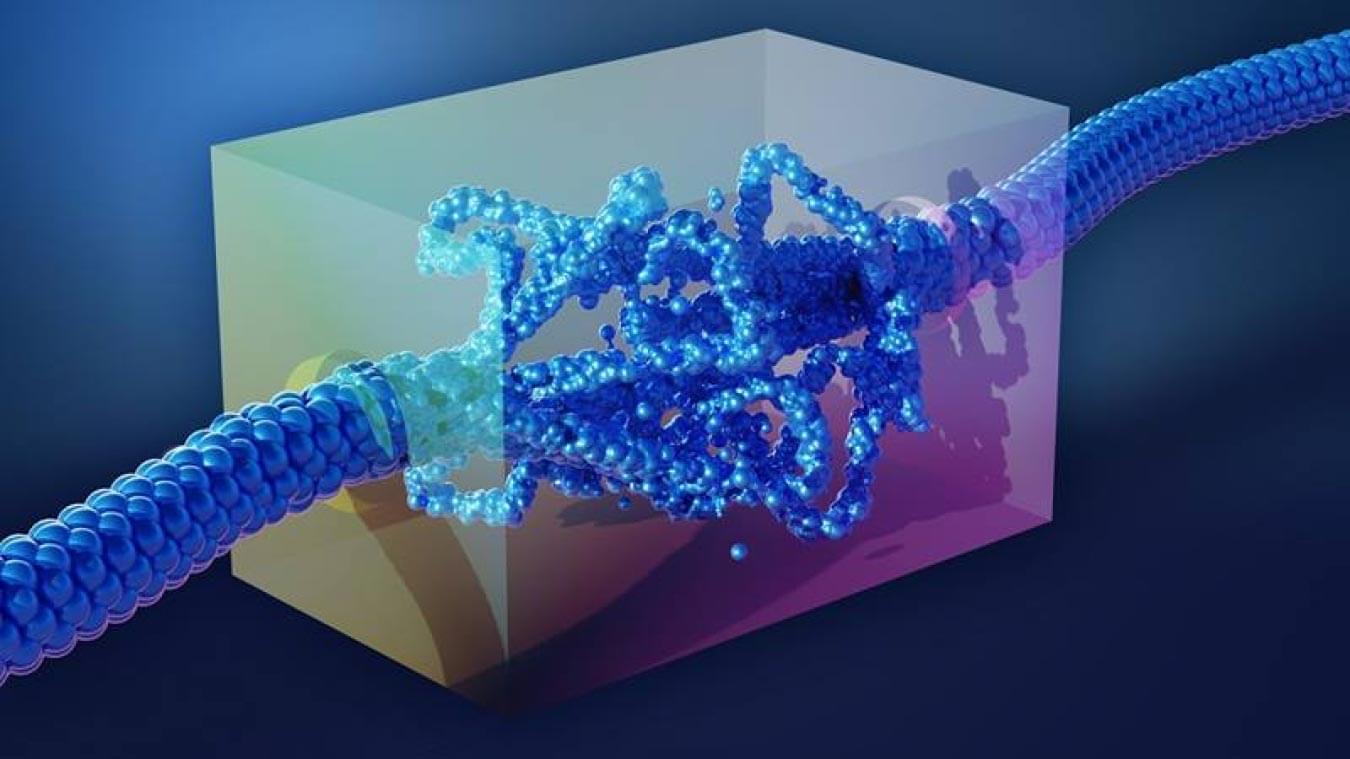He Qinglin’s group at the Center for Quantum Materials Science, School of Physics, has reported the first observation of non-reciprocal Coulomb drag in Chern insulators. This breakthrough opens new pathways for exploring Coulomb interactions in magnetic topological systems and enhances our understanding of quantum states in such materials. The work was published in Nature Communications.
Coulomb drag arises when a current in one conductor induces a measurable voltage in a nearby, electrically insulated conductor via long-range Coulomb interactions.
Chern insulators are magnetic topological materials that show a quantized Hall effect without external magnetic fields, due to intrinsic magnetization and chiral edge states.








